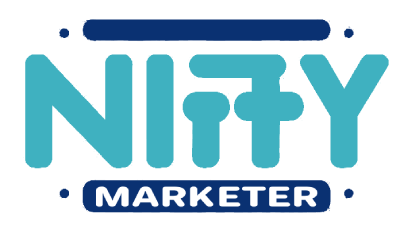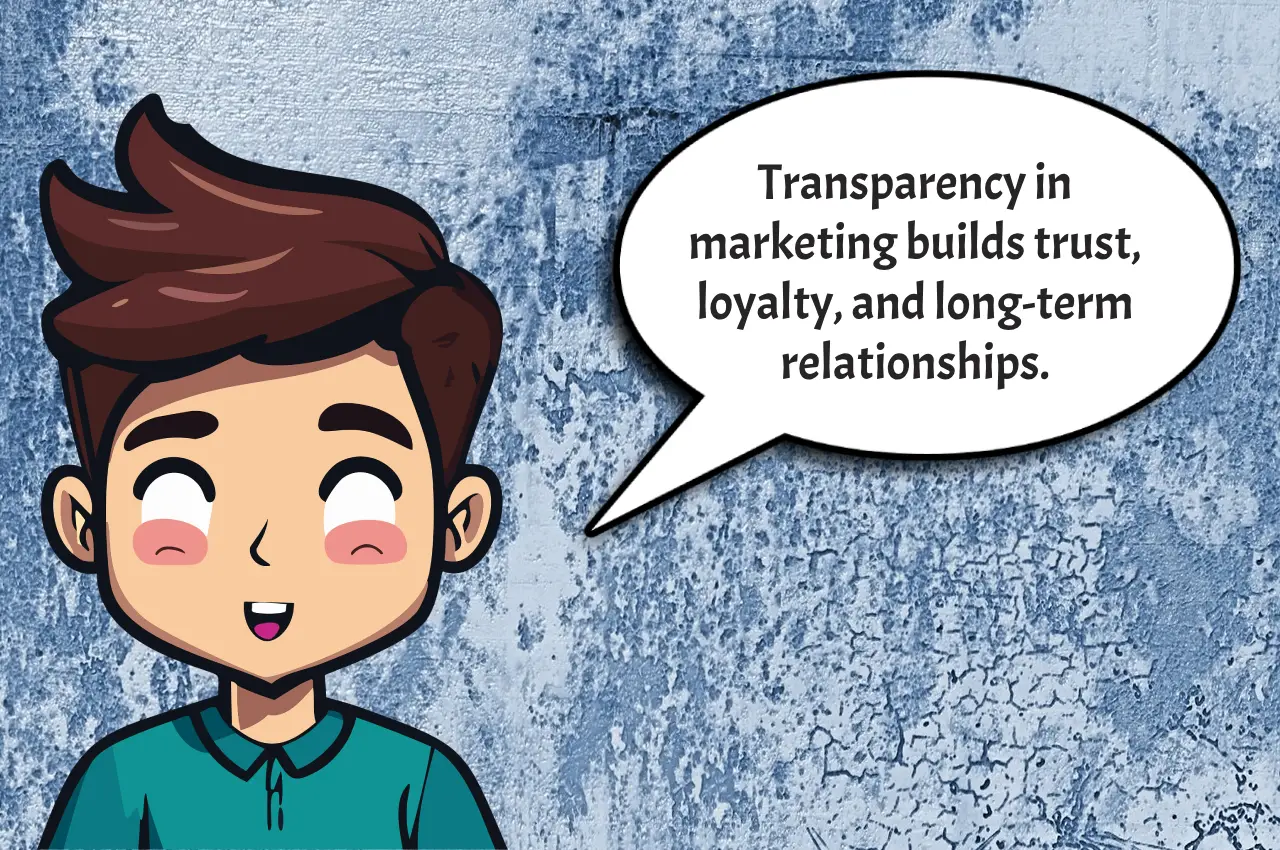In today’s fast-paced digital world, the marketing landscape constantly evolves. But one thing remains a cornerstone: the importance of transparency. This concept, simple in theory, is profound in practice. It’s not just about being honest. It’s about forging genuine connections, fostering trust, and building long-lasting relationships with consumers. Let’s dive into why transparency in modern marketing isn’t just a nice-to-have; it’s a must-have.
Transparency Builds Trust
Consider this: a study by Label Insight found that 94% of consumers are likely to be loyal to a brand that offers complete transparency. Why such high numbers? Because transparency builds trust. When companies openly share information about their products, practices, and values, they create a foundation of trust. This openness encourages consumers to invest not just their money but their loyalty.
For instance, Patagonia, an outdoor clothing brand, exemplifies this. They openly share their supply chain practices and environmental impact. This transparency has not only earned them a dedicated customer base but also positioned them as an industry leader in ethical practices.
Navigating the Digital World with Honesty
In the digital age, information is at our fingertips, and misinformation spreads rapidly. Brands that commit to transparency in modern marketing stand out. Consider the backlash when companies are caught in false claims. The damage to their reputation can be long-lasting.
On the other hand, brands like Everlane thrive by embracing transparency. They reveal the true cost of their products and the factories where they’re made. This approach not only attracts informed consumers but also sets a standard for industry practices.
Transparency as a Marketing Strategy
Using transparency as a core marketing strategy can yield significant benefits. It’s not about revealing trade secrets. It’s about showing your audience the ‘human’ side of your business. This could mean admitting mistakes and outlining steps taken to rectify them. It might involve openly discussing product development challenges and solutions.
A memorable example is Domino’s Pizza’s turnaround campaign. They admitted their pizza wasn’t the best and showcased their journey to improve it. This honesty resonated with consumers, leading to a remarkable increase in sales.
Engaging Customers with Authentic Stories
Storytelling is a powerful tool in marketing. But what makes stories resonate? Authenticity. Sharing real customer experiences, employee stories, or the journey of your product fosters a deeper connection. This isn’t about creating a perfect narrative. It’s about showing the real, relatable journey of your brand.
Take Airbnb’s marketing approach. They focus on real stories from hosts and travelers. These authentic experiences not only promote the brand but also build a community of users who feel a personal connection to Airbnb’s values.
The Role of Social Media in Transparent Marketing
Social media has changed how brands interact with consumers. It offers a platform for direct transparency in modern marketing. Brands can use social media to address concerns, announce changes, or just engage with their audience in a genuine way.
Look at how companies like Glossier have used social media. They engage with customers, gather feedback, and even involve them in product development. This level of transparency creates a loyal fanbase that feels heard and valued.
**Transparency in Modern Marketing Leads to Consumer Empowerment**
When brands are transparent, they empower consumers. This empowerment comes from providing them with the information needed to make informed decisions. Consumers today seek out brands that align with their values and ethics. By being transparent, companies help consumers choose products that resonate with their personal beliefs.
For example, Lush Cosmetics’ transparency about their ingredient sourcing and environmental impact empowers customers. They know exactly what they’re buying and the values they’re supporting. This empowerment has made Lush not just a brand, but a movement.
Cultivating Long-Term Relationships
Transparency isn’t a quick marketing tactic; it’s a long-term relationship builder. When customers feel they know and trust a brand, they’re more likely to remain loyal. In an era where choices are abundant, customer loyalty is gold.
Consider Netflix’s approach. When they had to increase subscription prices, they communicated openly about the reasons. This transparency helped maintain customer loyalty despite the price hike.
Transparency in Times of Crisis
How a brand handles a crisis can make or break its reputation. Transparency during such times is critical. It’s about communicating clearly, acknowledging the issue, and outlining the steps being taken. This approach can actually strengthen customer trust.
An example is the Tylenol crisis in the 1980s. Johnson & Johnson’s transparent and swift response not only managed the crisis effectively but also reinforced consumer trust.
Measuring the Impact of Transparency
How do you know if your transparency efforts are working? Look at customer feedback, social media engagement, and loyalty metrics. These indicators can show how transparency is influencing customer perception and behavior.
The Future of Marketing: A Transparent Horizon
As we move forward, transparency will become even more integral to marketing strategies. It’s about evolving with consumer expectations and building a brand that stands for more than just profits. It’s about integrity, responsibility, and genuine connections.
Now, we want to hear from you. How has transparency in modern marketing influenced your choices as a consumer? Or, if you’re a marketer, how have you integrated transparency into your strategies? Share your thoughts and experiences in the comments below. Let’s continue the conversation and learn from each other in this transparent journey!





